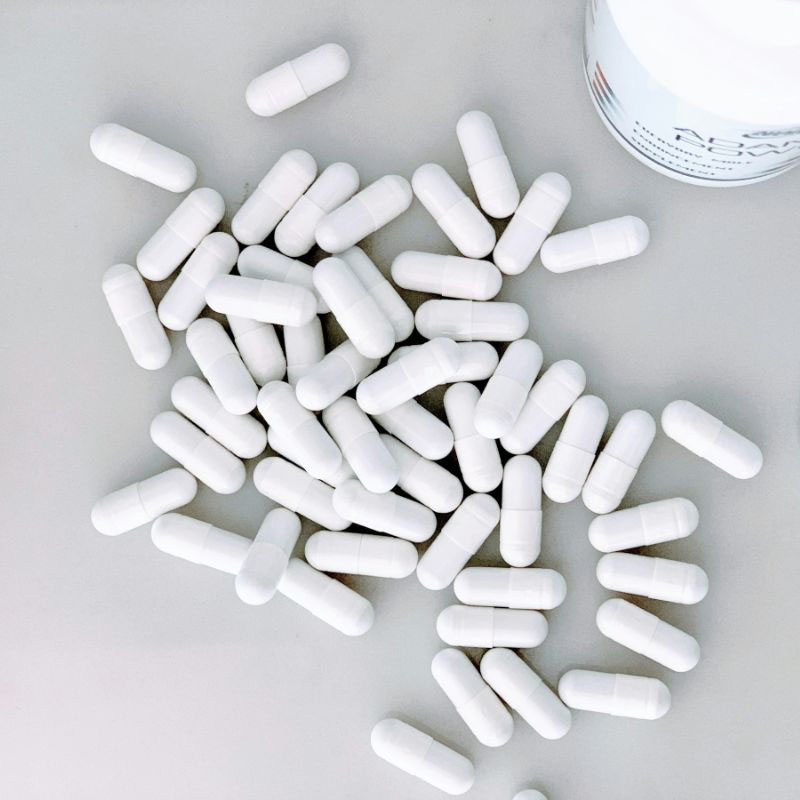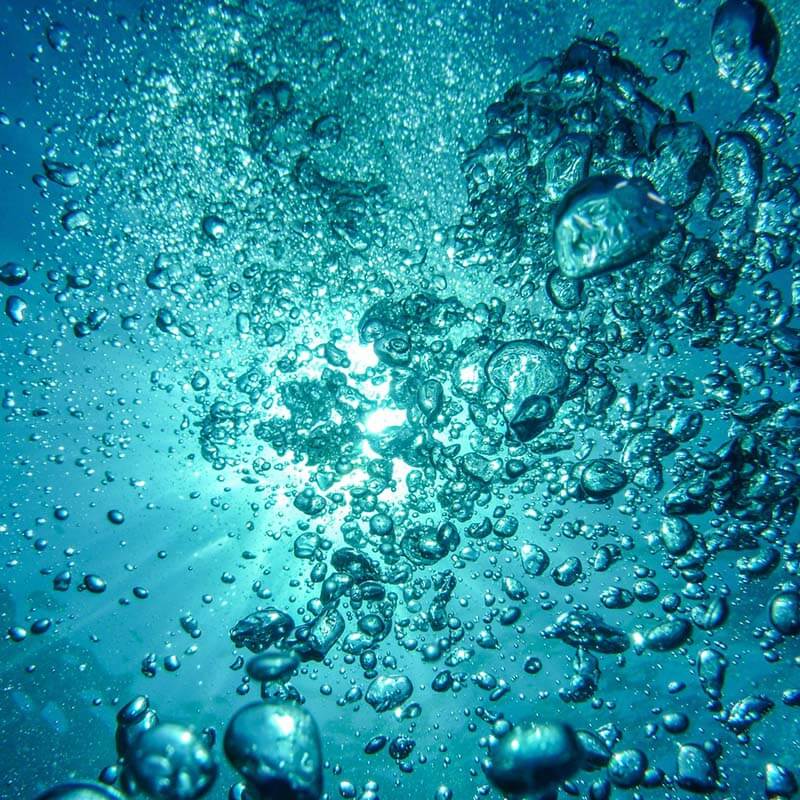Active Pharmaceutical Ingredients (API) are active ingredients often found in medical compounds.
Our industrial wastewater treatment company can help by removing APIs from water. We work with pharmaceutical companies globally in doing this.
One of the unfortunate side effects of the coronavirus pandemic and the inevitable concentration of some parts of the pharma industry on COVID-specific treatments has been the shift of focus away from the elephant in the room: antimicrobial resistance.
It could be argued that the pandemic’s consequences have exacerbated the issue.
How do APIs get into the environment?
There are three main routes that result in APIs building up in lakes, rivers, reservoirs, and watercourses.
Unmetabolised antibiotics
The most obvious route is through consumption by humans and animals, prescribed by medical professionals or veterinarians. When taken, only a certain amount of any dose is metabolised, so the rest passes into the sewage system (or in the case of animals, into groundwater and eventually into the leachate.)
Regular wastewater treatment plants (WWTPs) are not designed to remove APIs, so over the last 80-odd years, their concentrations have been building up in what we used to refer to as ‘clean’ water.
Worldwide, the problem has gotten worse in the last 20-30 years with a growth in the use of antibiotics in countries with a less regulated approach to medicines, especially when the manufacturers’ recommended dosage and course length may not have been followed.
Improper disposal of medications
The second route is the improper disposal of medications. Very few members of the public are aware of the pharmacological risks of throwing away unwanted prescription drugs. Many older people probably consider it a safety issue solely to ensure small children don’t inadvertently consume them. In the UK, this dates back to Government public information broadcasts from the 1970s showing just that.
But from unauthorised dumping of expired products to profiteering in the grey market (and even the illegal street trading of in-demand drugs) there are many additional ways where large amounts of antibiotics can find their way into watercourses.
Discharges from manufacturing plants
The third route and where Arvia can help is with discharges directly from pharmaceutical manufacturing plants. Whilst the pollutant levels will normally be within agreed limits and generally pharma companies do a good job of treating their wastewater, regulations are not consistent across the world. In addition, with the rise of AMR, it’s quite likely that the public mood is about to change.
Nowadays, many companies pay to discharge at a certain concentration. However we suspect discharge limits could be lowered soon in the light of public, investor, or government pressure due to AMR. And this could even be whether or not the company in question is discharging APIs that have been proven to be harmful. Certainly, the historic higher levels of API discharge from antibiotic manufacturing in the past are now believed to endanger aquatic life downstream.

Jerome Budin
API Removal Consultant
Book a meeting at your convenience to talk to one of our specialists about your API Removal project – or send us an enquiry.
How are APIs removed from wastewater?
Some companies still actually remove tanker-loads of contaminated wastewater to special facilities, often many miles away – or even cross-border – where it’s incinerated using a high temperature thermal oxidation process.
Most pharmaceutical manufacturing facilities that treat water on-site use a variety of water treatment methods. The whole treatment train will be removing all the pollutants needed to achieve today’s discharge levels, but there are often some organics which persist in the water even after all the other processes.
This is where we come in.
Our Nyex systems can often destroy the recalcitrant organics which other treatments leave behind.
Using Ozone to remove APIs from water
Ozone is a powerful oxidant used to break down the recalcitrant compounds but it comes with significant COSHH implications and maintenance requirements to keep it working as planned.
Nevertheless, it is a commonly used tertiary treatment in many pharmaceutical plants for API removal.
Activated Carbon for API removal from water
GAC (granular activated carbon) is an established method of treatment that takes advantage of the massive surface area of the active media. APIs are adsorbed onto its surface. But to get to that stage, the activated carbon first has to be produced – an environmentally-costly process, involving burning material like coconut shells, coal, peat or wood.
From an environmental point of view it is wasteful, as the spent carbon has to be removed and then either re-processed or sent to landfill. Replenishment of the medium will inevitably disrupt production processes.
Electrochemical Oxidation for API removal from water
Another alternative are systems which use oxidation. The effect of chemical dosing is stimulated by electricity. The electricity generates hydroxyl radicals which once they have ‘bumped into’ the API, will oxidise it by breaking them down into gas and water. This method can be very effective but dependent on the other pollutants in the wastewater, can use a lot of power.
New technology to remove APIs from water
Nyex Rosalox™ is a revolutionary water treatment process from Arvia Technologies. It is a combination of two of the most successful methods discussed above – adsorption and electrochemical oxidation. To that, it adds the unique properties of our Nyex™ Media – an adsorptive media that regenerates at the same time as it adsorbs the organics it is oxidising.
A product of over 30 year’s continuous research by Dr Nigel Brown of Manchester University in the UK, the latest Nyex ™ tertiary water treatment systems are designed specially to treat recalcitrant organics and can be used in a variety of situations in a wide variety of industries.
How Nyex Rosalex™ removes API from water
This advanced technology – which is the subject of several worldwide patents – features Nyex™ Media – a unique adsorption medium that rarely needs replacing and only suffers from 1 – 2% shrinkage p.a.
- Water comes into contact with our unique Nyex™ media.
- APIs are adsorbed onto the surface of the Nyex™
- A current is applied which oxidises the APIs
- At the same time the Nyex™ medium is regenerated, ready to adsorb more pollutants
- No toxic sludge is produced and no hazardous chemical dosing.
Although it sounds too good to be true, Arvia’s Nyex™ based systems actually do deliver results that for some recalcitrant compounds can be down to below measurable levels – certainly in the low parts per trillion.
These are well below the recommended PNEC (Predicted No-Effect Concentration) of many commonly treated APIs.

